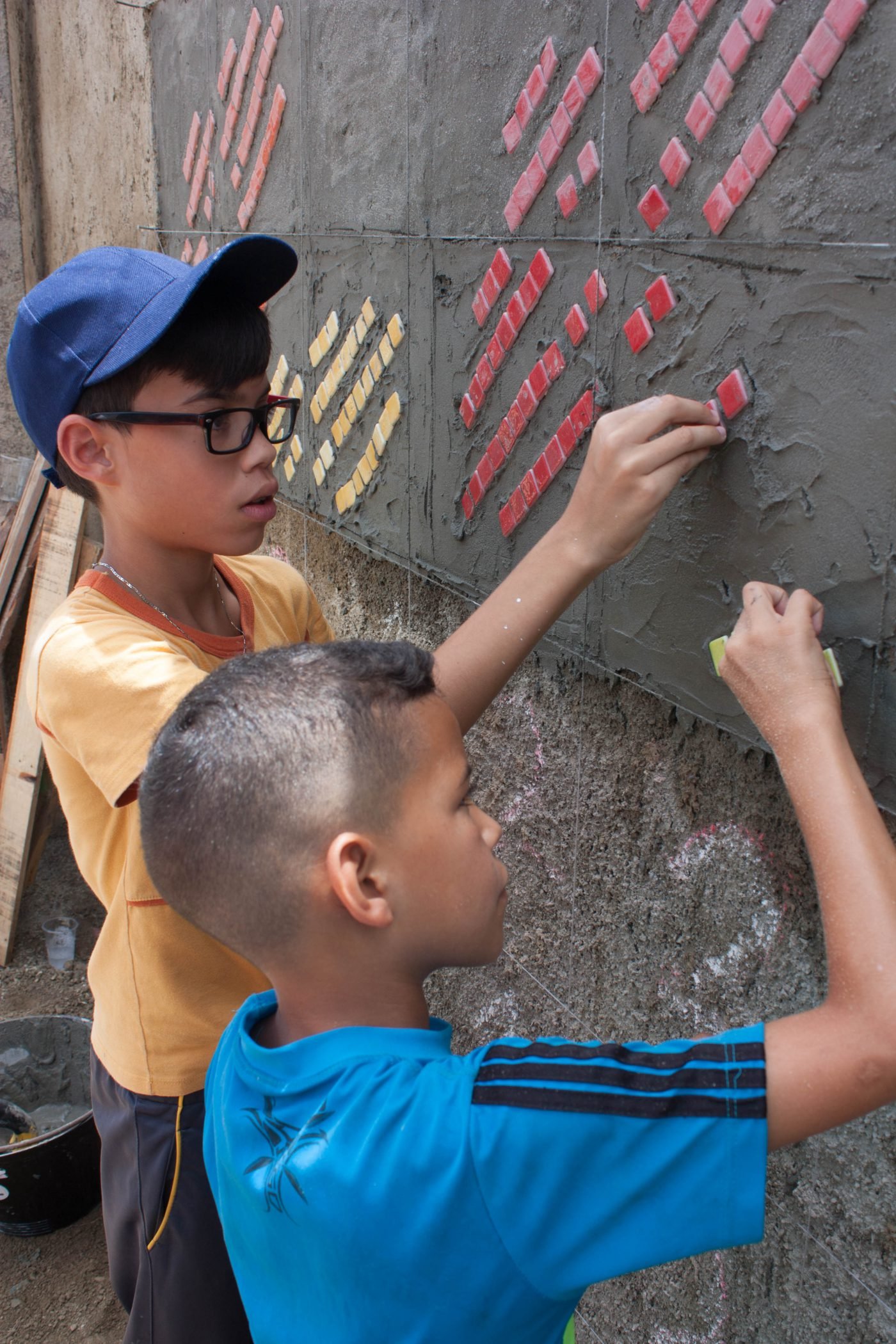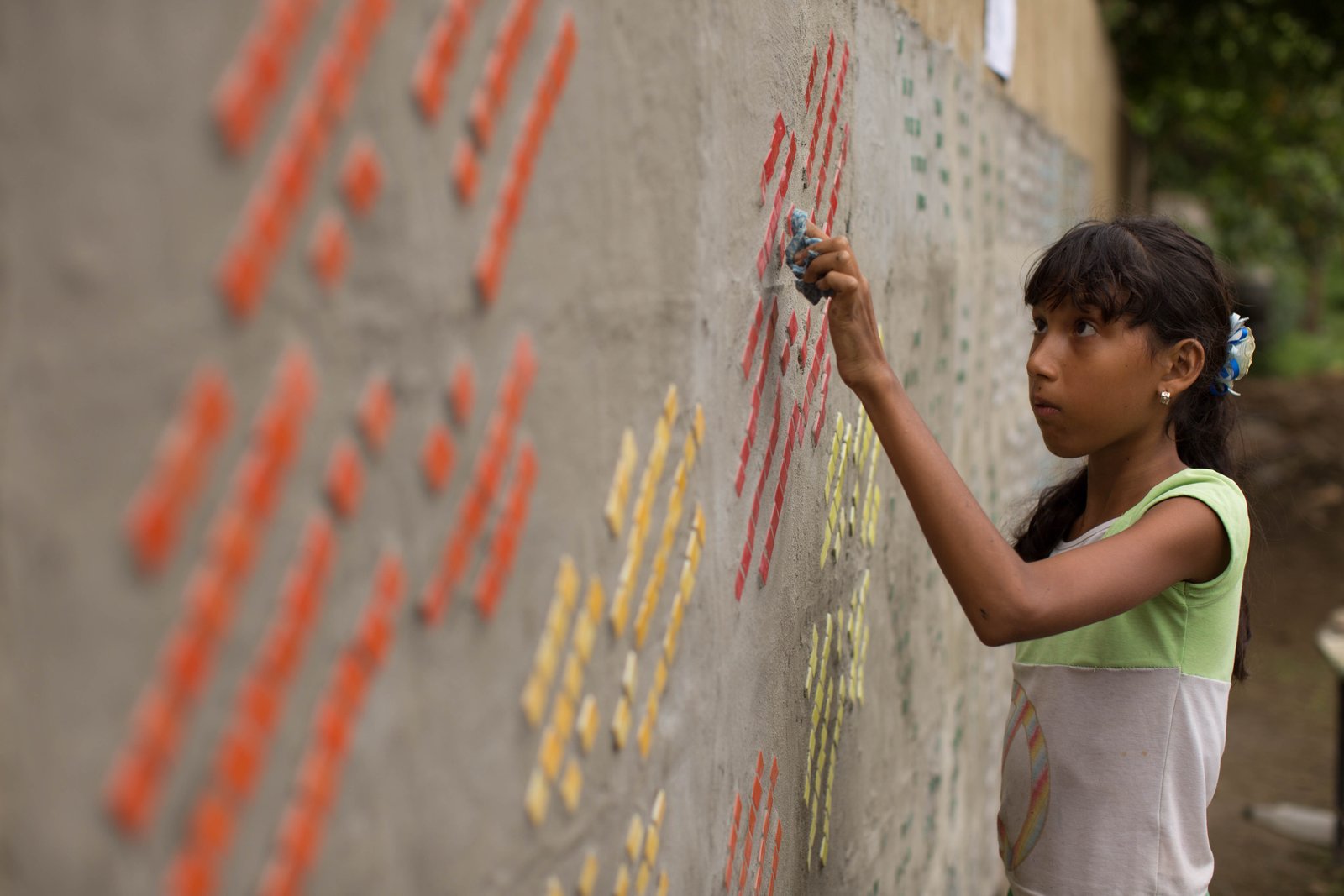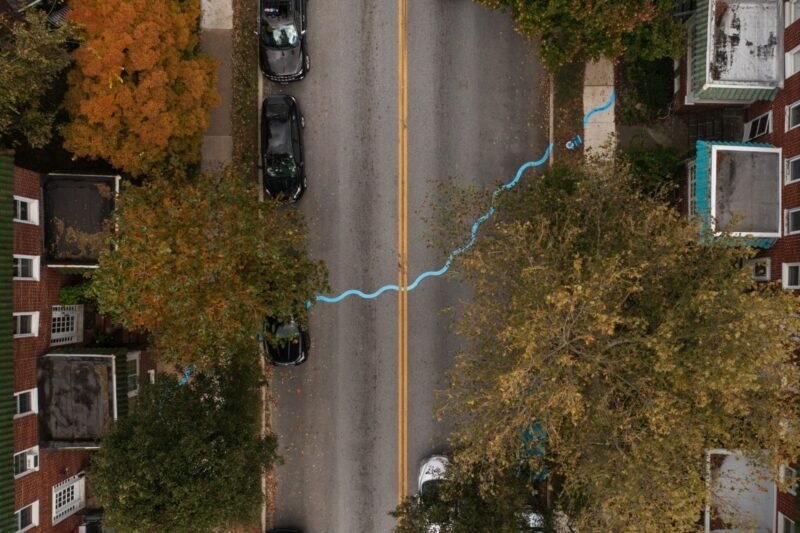Will Future Public Spaces Be Designed by Children?
Venezuelan architect and MIT graduate Ana Vargas developed and implemented a methodology which engages children from low-income neighborhoods in the development of public space. Are our future public spaces designed by local children?
Around the world, one in eight people live in slum conditions. These informal settlements are cities built by people, not the government, and are mostly found in developing countries. The living conditions around informal settlements are obviously precarious and the creation of public space is usually not a priority.


Ana Vargas became highly interested in the lack of public services in the slums. In 2014 she developed the collaborative methodology, Tracing Public Space, as her MIT thesis. Tracing Public Space has created small-scale open spaces in Chile, India, United States, and Venezuela. These spaces have become of great value as well as they have empowered the communities during the process.

This toolkit supports the methodology which consists of three steps. The steps come into play during workshops aimed at children between the ages of 11 and 16. The first step is observation, in which children learn to observe their social and built environment, spotting new possibilities for intervention. The second step consists of the design and proposal. The children work on their proposals in different teams and finally propose them to the community. The winning proposal is democratically voted for as such. The last step consists of the construction, in which more community members are involved.

Tracing Public Space is teaching children to look for their own identity, observe their context, intervene in it, present their proposals, and vote, from a very young age. We seem to be in front of a new generation of architects, city makers, conscious citizens, and leaders. Are future slums going to be known for their unique type of public space and not for the social issues that they currently experience? Or will all public spaces involve children in the design process?



